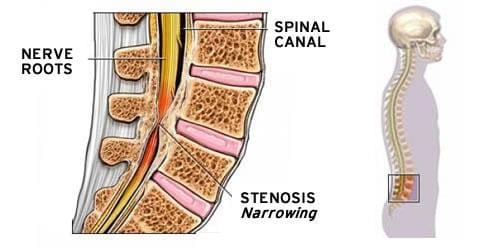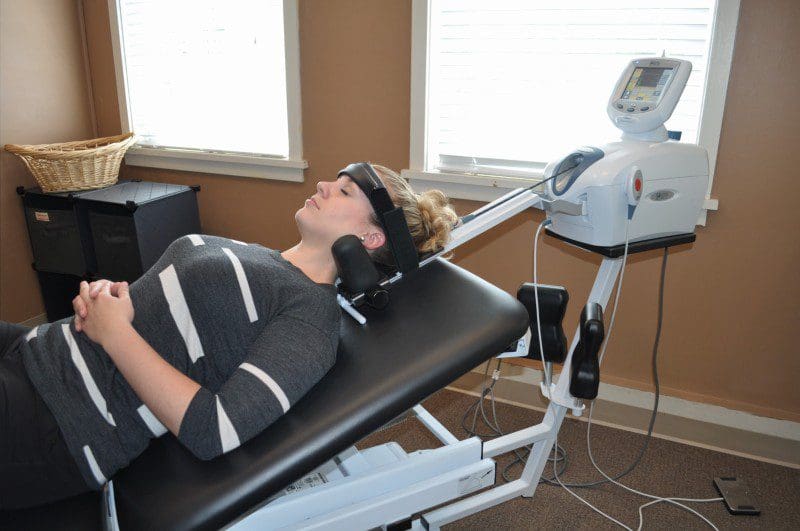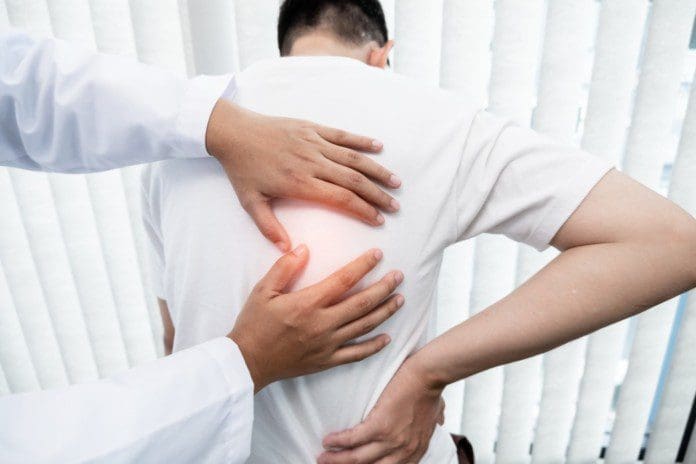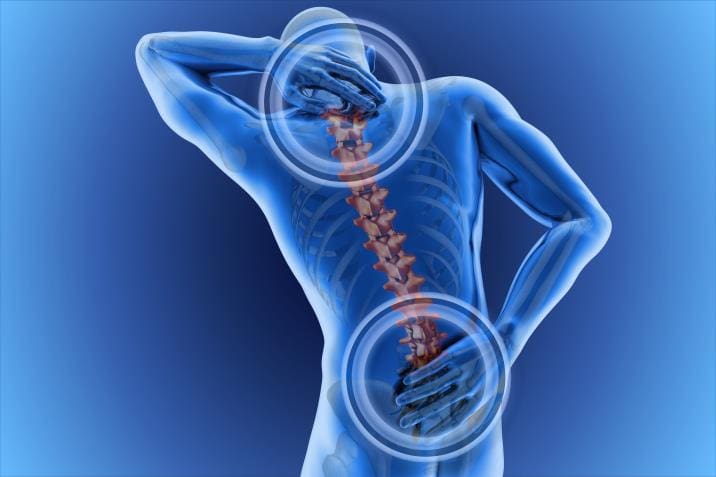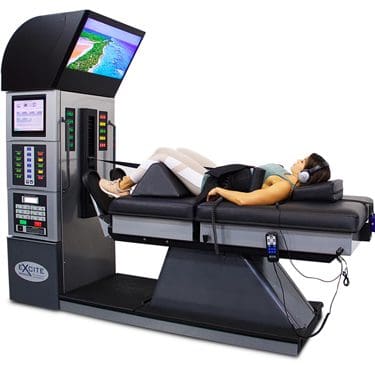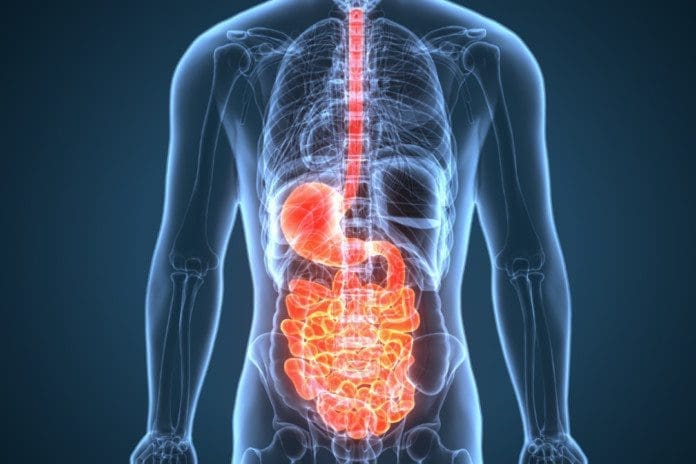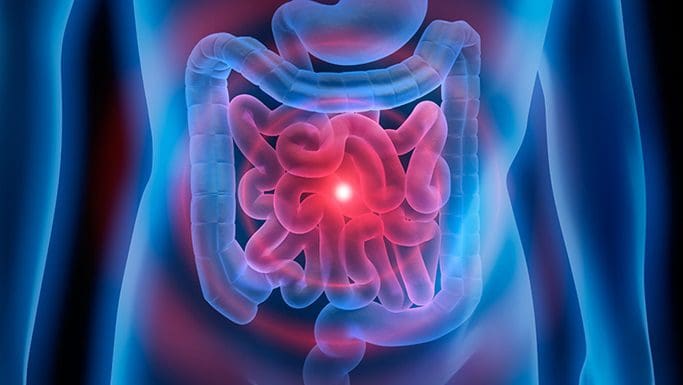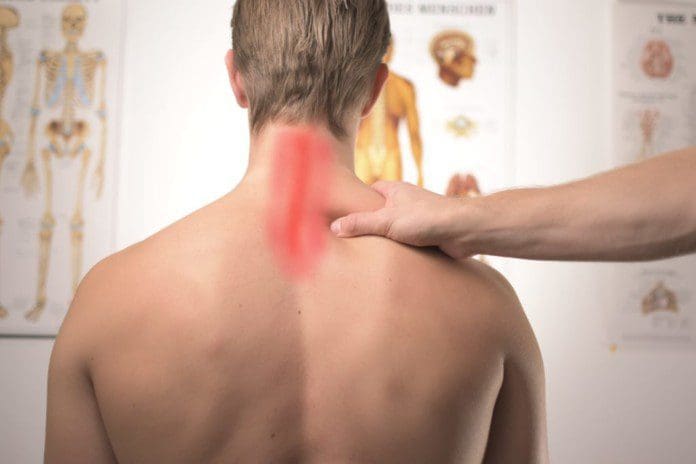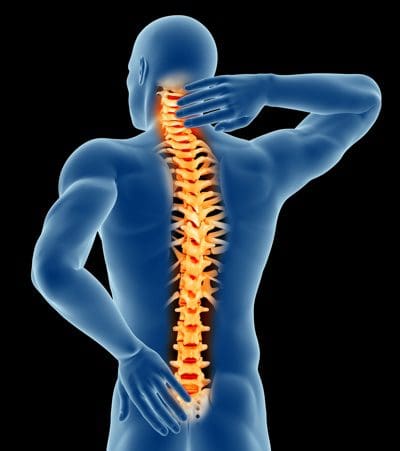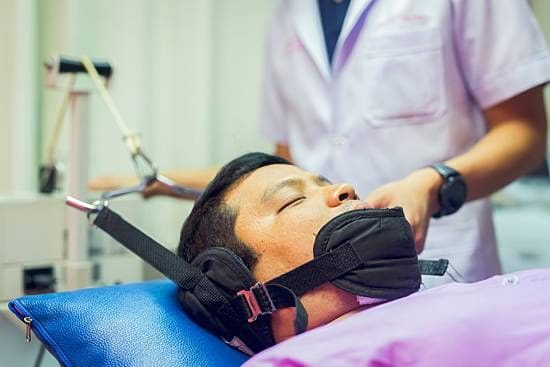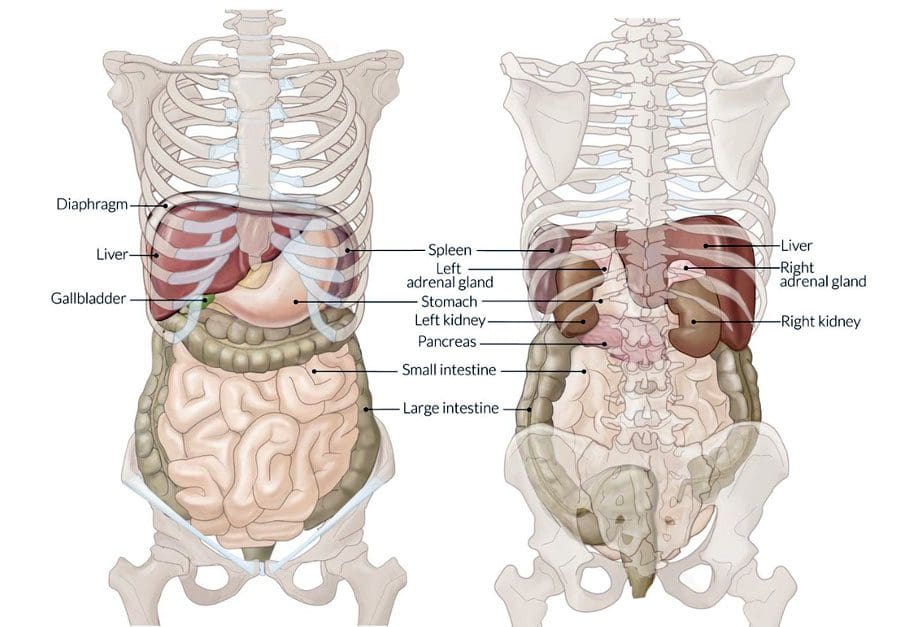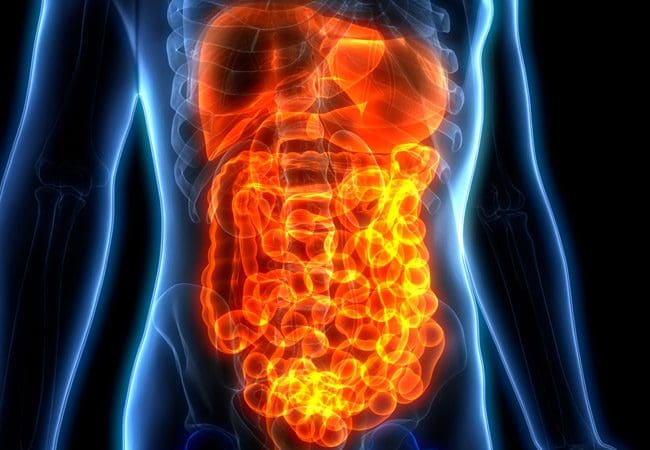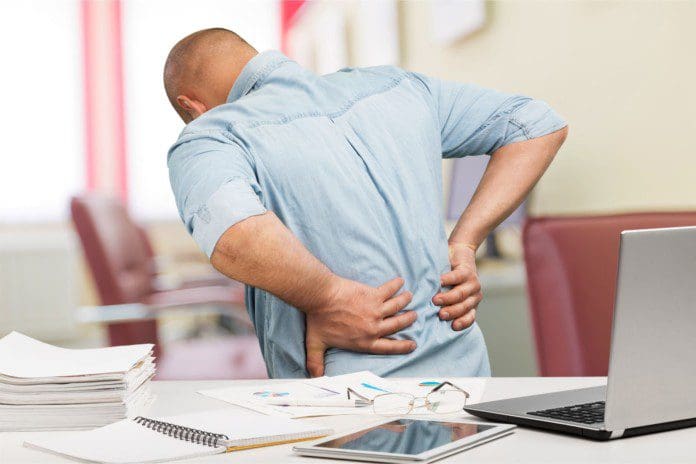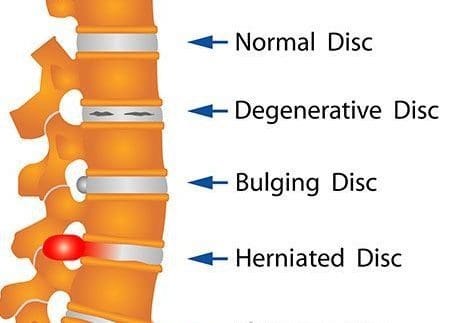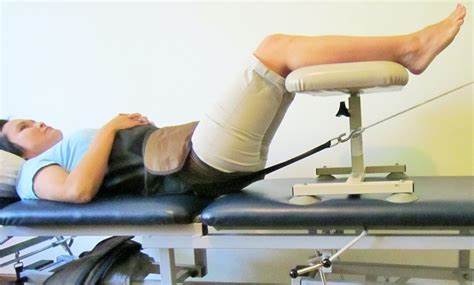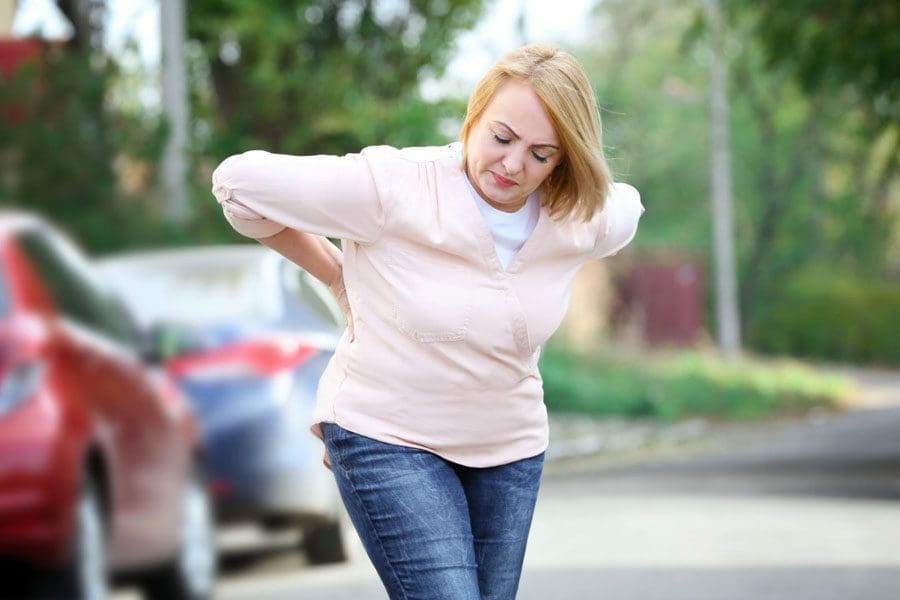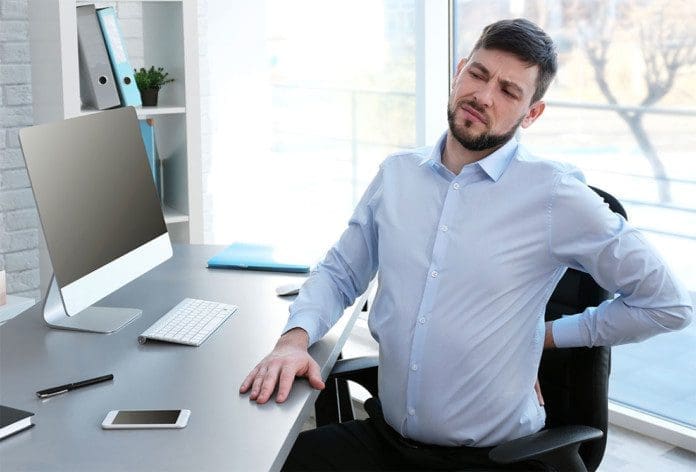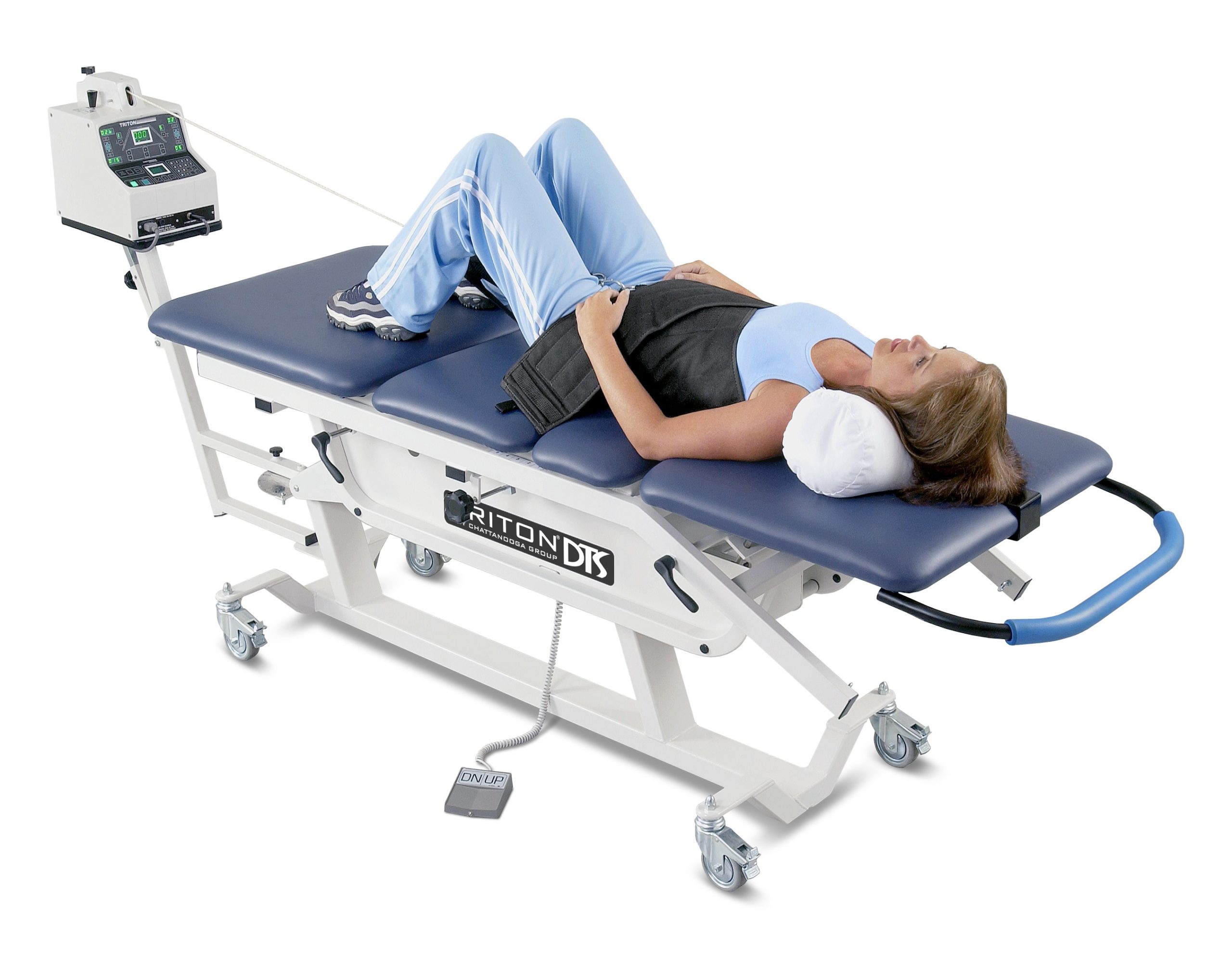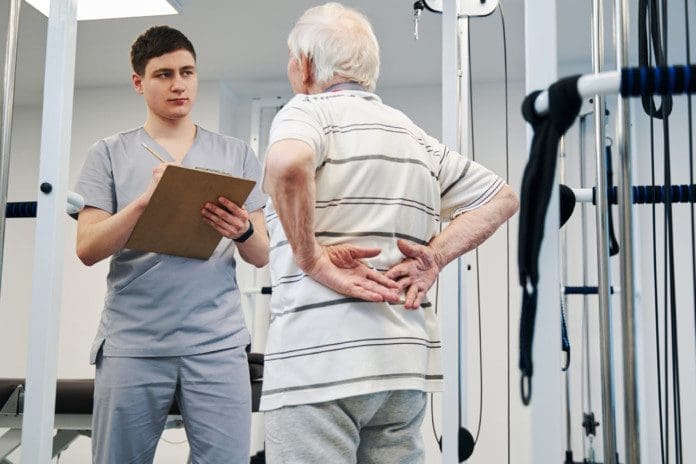Dehydration affects the body physically and mentally but also affects the health of the spine’s discs. Spinal discs that lack proper hydration begin to compress, collapse between vertebrae, or cannot refill correctly, causing further compression and increasing the risk of spinal injury. Dehydrated discs can cause injuries like herniated disc/s, degenerative disc disease, and spinal stenosis. Chiropractic treatment offers spinal decompression that will restretch and realign the spine allowing the injury/s to heal and proper disc rehydration.

Table of Contents
Spine Support
As crucial as the spine is within daily activities, it is vital to understand its mechanics. The spinal vertebrae discs work to absorb shock when bending, twisting, or flexing to ensure the bones do not rub together. Within each disc is the nucleus pulposus, made up of 85 percent water that provides movement when the spine rotates and moves in various directions. This high water content in the discs helps the spine function. The discs naturally lose some water as the body ages, but dehydration can also occur when individuals do not intake enough water from drinking or in food. If the dehydration is severe, the risk of injury increases or can aggravate existing spine conditions. The loss of hydration in an adult spine can cause a loss of disc height daily. Without proper rehydration, other medical issues can begin to present.
Symptoms
Depending on which discs are affected, the pain or numbness can travel from the neck into the shoulders, arms, and hands or from the lower back down through the legs. Symptoms can include:
- Back stiffness
- Burning or tingling sensations
- Reduced or painful movement
- Back pain
- Weakness
- Numbness in the low back, legs, or feet
- Changes in knee and foot reflexes
- Sciatica
When the body is dehydrated, it can be difficult to replenish the water in the discs thoroughly, as well as nutrient levels through a consistent loss of fluid. Dehydration disrupts the balance which can lead to an increased risk of injury and increased degeneration. Causes of disc dehydration include:
- Trauma from an auto accident, fall, work, or sports injury.
- Repeated strain on the back from consistent lifting, reaching, bending, twisting, etc.
- Sudden weight loss can cause the body, including the discs, to lose fluid.
- Ankylosing spondylitis.
Spinal Rehydration
The entire body relies on proper hydration with direct water consumption to rehydrate the body but also incorporating fruits and vegetables to aid in hydration. These foods include:
- Watermelon
- Cantaloupe
- Lettuce
- Tomatoes
These foods are made of more than 90% water and contain essential nutrients and help the spine function more efficiently. Proper water consumption is based on age, body size, and activity level. However, to fully heal desiccated discs, spinal injuries, or back pain, chiropractic decompression, and manipulation adjustments are recommended. Non-surgical motorized spinal decompression treatment is gentle. The therapy lengthens and decompresses the spine reversing the pressure within the damaged disc/s creating an intradiscal vacuum that relieves the pressure off the nerve and helps reshape and rehydrate the damaged disc/s.
DOC
References
Djurasovic, Mladen, et al. “The influence of preoperative MRI findings on lumbar fusion clinical outcomes.” The European spine journal: official publication of the European Spine Society, the European Spinal Deformity Society, and the European Section of the Cervical Spine Research Society vol. 21,8 (2012): 1616-23. doi:10.1007/s00586-012-2244-9
Karki, D B et al. “Magnetic Resonance Imaging Findings in Lumbar Disc Degeneration in Symptomatic Patients.” Journal of Nepal Health Research Council vol. 13,30 (2015): 154-9.
Twomey, L T, and J R Taylor. “Age changes in lumbar vertebrae and intervertebral discs.” Clinical Orthopedics and related research,224 (1987): 97-104.
Videman, Tapio et al. “Age- and pathology-specific measures of disc degeneration.” Spine vol. 33,25 (2008): 2781-8. doi:10.1097/BRS.0b013e31817e1d11

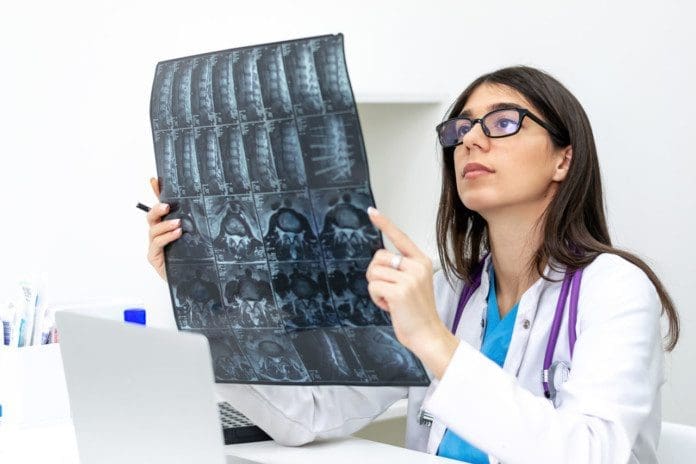




![Back-and-Leg-Pain[1]](https://b2085676.smushcdn.com/2085676/wp-content/uploads/2022/05/Back-and-Leg-Pain1-696x464.jpg?lossy=2&strip=1&webp=1)
